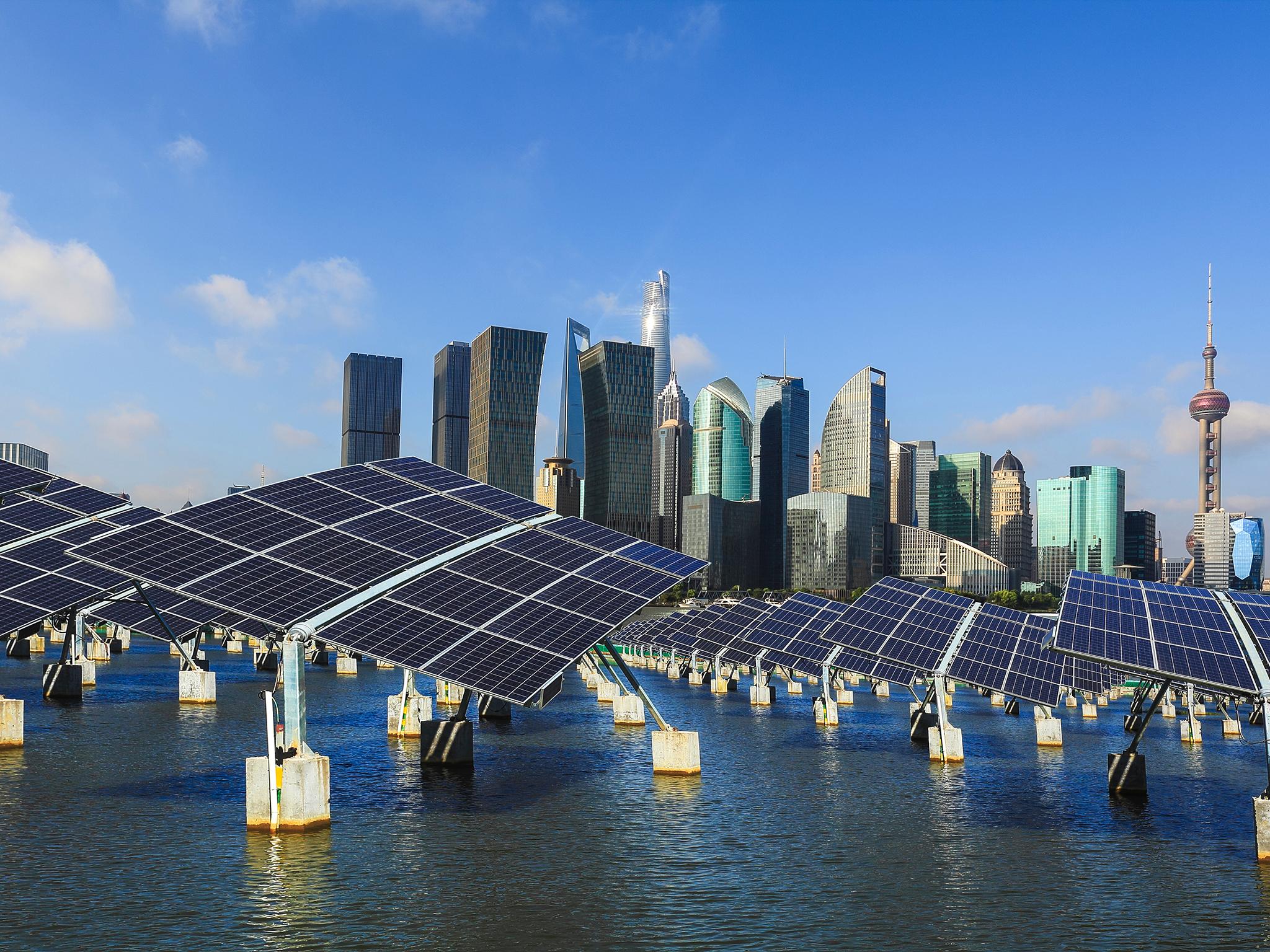Researchers figured out how to generate power from falling raindrops – which could solve the biggest problem with solar energy
Technology could revolutionise how solar panels are used, even in less sunny areas

One of the biggest problems plaguing the widespread adoption of solar power is, quite simply, rainy weather.
Solar panels are designed to convert sunlight into electricity. But when it’s cloudy or rainy, they’re rendered useless. There are batteries, like the Tesla Powerwall, designed to store electricity for those cloudy days. But the technology isn’t quite effective or cheap enough to make using solar power worth it in regions that don’t receive a lot of sunlight.
A group of researchers from Soochow University in China has come up with a promising solution to that problem: they’ve developed solar panels that can generate power from raindrops.
Their research, published last month in the journal ACS Nano, details how technology known as a triboelectric nanogenerator or TENG, could get added to a solar panel to capture energy from the motion of raindrops that hit it.
Nanogenerators, in simple terms, are devices that convert mechanical energy or movement, into usable electricity. The TENG would do that on a very small scale for raindrops.
The researchers behind the new study developed a hybrid solar panel that incorporated the TENG technology yet was still lightweight and cheap enough to mount on roofs. To accomplish this, they experimented with different transparent plastics or polymers, that form a layer between the TENG layer and the solar cells on a panel. The layers were connected, but could function independently – making it possible for the solar panel to generate electricity in a range of weather conditions.
If the researchers can figure out how to bring down the cost of production of such a product, the technology could potentially revolutionise how solar panels are used. It would make solar power an efficient clean-energy solution even in less sunny areas that aren’t currently considered ideal for solar-energy collection.
Solar power, despite its weather-related challenges, is quickly becoming one of the fastest-growing energy sources worldwide. The price for installing commercial solar panels – those used by companies like Apple, Walmart, and Amazon – has fallen by over 58 per cent since 2012, according to the Solar Energy Industries Association.
The International Energy Agency predicts that renewable energy will comprise 40 per cent of global power generation by 2040. In the next five years, the share of electricity generated by renewables worldwide is set to grow faster than any other source.
Read more:
• May tackles new Brexit Rebellion • Philip Hammond and Mark Carney are in China to secure £1 billion of trade deals • Facebook admits that social media can be bad for you
Read the original article on Business Insider UK. © 2018. Follow Business Insider UK on Twitter.
Subscribe to Independent Premium to bookmark this article
Want to bookmark your favourite articles and stories to read or reference later? Start your Independent Premium subscription today.

Join our commenting forum
Join thought-provoking conversations, follow other Independent readers and see their replies